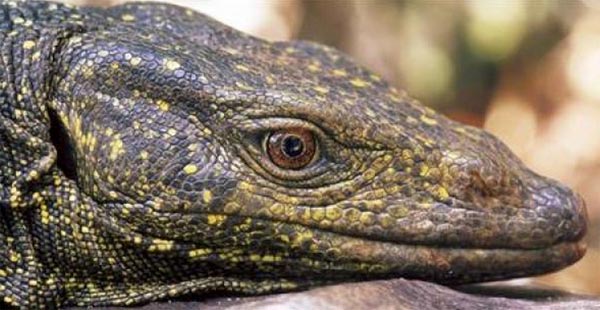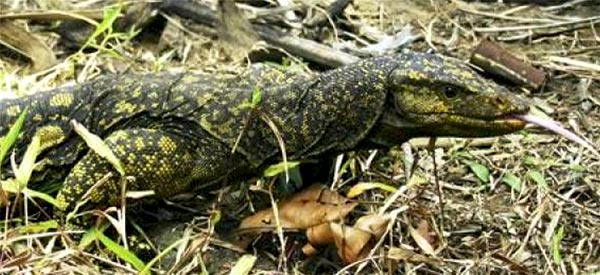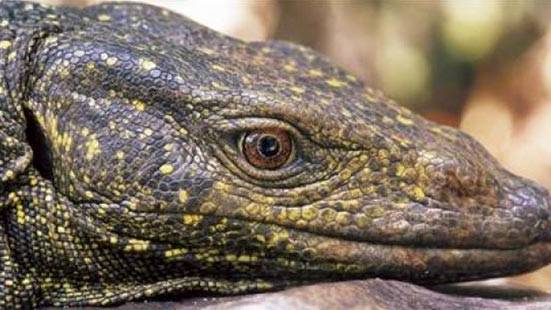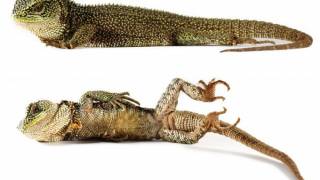Philippines dragon-sized lizard is a new species
Source: reuters.com
A dragon-sized, fruit-eating lizard that lives in the trees on the northern Philippines island of Luzon has been confirmed as a new species, scientists reported on Tuesday.
Hunted for its tasty flesh, the brightly colored forest monitor lizard can grow to more than six feet in length but weighs only about 22 pounds (10 kg), said Rafe Brown of the University of Kansas, whose team confirmed the find.
"It lives up in trees, so it can’t get as massive as the Komodo dragon, a huge thing that eats large amounts of fresh meat," Brown said by telephone. "This thing is a fruit-eater and it’s only the third fruit-eating lizard in the world."
Discovering such a large vertebrate species is extremely rare, Brown said. The lizard, a new species of the genus Varanus, is skittish and able to hide from humans, its primary predators, which could explain why it has gone undetected by scientists for so long.

A Northern Sierra Madre Forest Monitor Lizard, a dragon-sized, fruit-eating lizard that lives in the trees on the northern Philippines island of Luzon. Both Photographs: REUTERS/Joseph Brown/University of Kansas/Handout
Biologists first saw photographs of the big, skinny lizard in 2001, when those surveying the area passed hunters carrying the lizards’ colorful carcasses, but the species at that point had never been given a scientific identification.
In the next few years, Brown said, ethnobiologists kept hearing stories "about these two kinds of lizard that everyone liked to eat because their flesh tasted better than the ones that lived on the ground; this thing was described as bigger and more brightly colored."
The two kinds of lizard described by the local people were two names for the same animal, Brown said.
CLAW SCRATCHES ON TREES
In 2009, graduate students at the end of a two-month expedition kept seeing signs of the big lizard. There were claw-scratches on trees and clumps of pandanus trees, whose fruit the lizard prefers.
The clumps indicated that the lizards had eaten pandanus fruit and then excreted the seeds in clusters.
"It was literally in the last couple days of the expedition, we were running out of money and food and this was the payoff: they finally got this gigantic animal," Brown said.
Hunters who had heard of the team’s interest brought a barely-alive adult male lizard to their camp. The team euthanized the animal and did genetic tests that confirmed it as a unique species, Brown said.
DNA analysis showed there was a deep genetic divergence between the new lizard and its closest relative, Gray’s monitor lizard, which is also a fruit-eater but lives on the southern end of Luzon, rather than the northern end where the forest monitor lizard lives.
"They are extremely secretive," Brown said of the new species. "I think that centuries of humans hunting them have made the existing populations ... very skittish and wary and we never see them. They see and hear us before we have a chance to see them, they scamper up trees before we have a chance to come around."
These findings were published in the Royal Society Journal Biology Letters, with additional work by scientists in the Philippines and the Netherlands.
Article from: Reuters.com






















